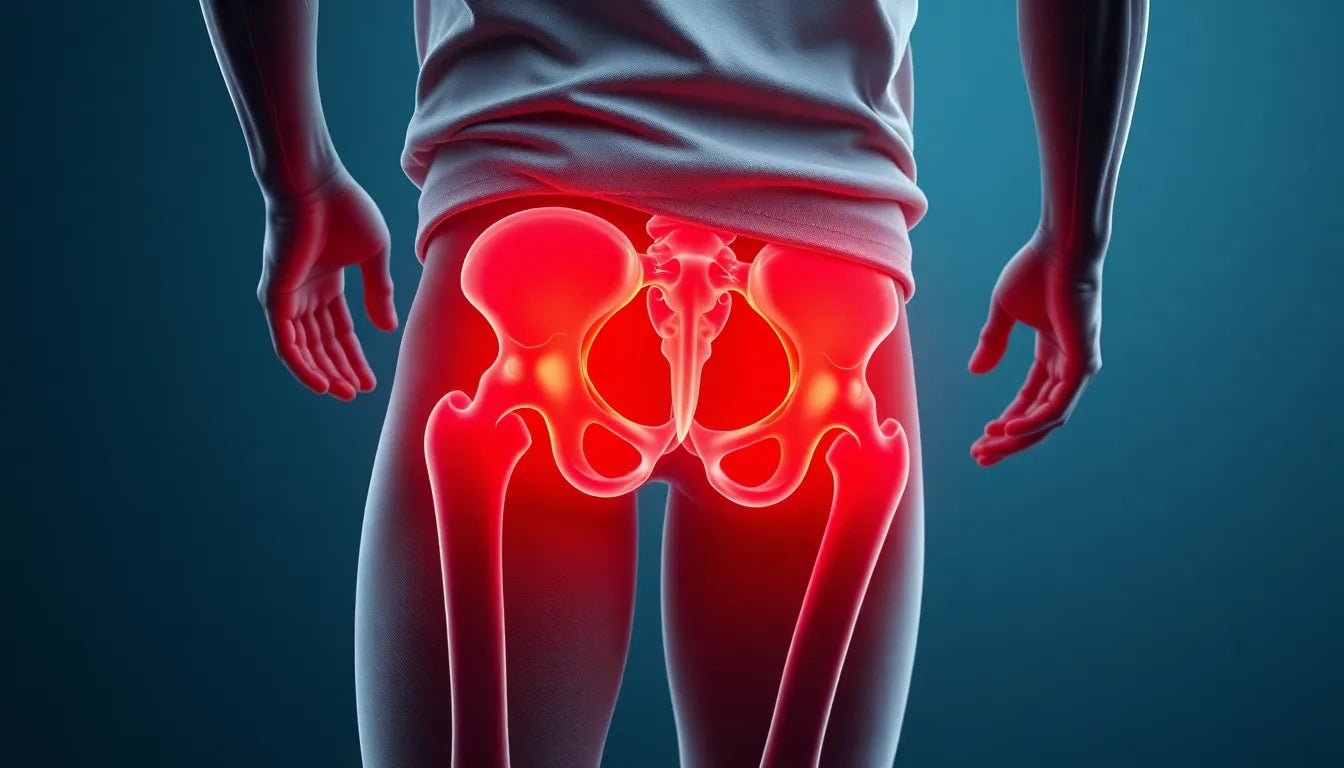Understanding the nuances of tennis elbow, or lateral epicondylitis, is crucial for anyone experiencing discomfort in their elbow and forearm. This condition is often characterized by pain and tenderness around the outer part of the elbow, sometimes extending down the forearm. Despite its name, tennis elbow doesn't solely affect tennis players; it can impact anyone who engages in repetitive arm and wrist movements. Addressing tennis elbow early is vital to prevent it from developing into a chronic issue, which can significantly impede daily activities and prolong the recovery period.
importance of exercise in tennis elbow treatment
Exercise plays a pivotal role in the treatment and recovery from tennis elbow. While rest is important in the initial stages to alleviate acute pain, incorporating specific exercises is essential for long-term recovery. These exercises focus on two main areas: pain management and strengthening. By engaging in targeted exercises, individuals can promote tendon healing, enhance flexibility, and restore strength to the affected area. This dual approach not only aids in reducing pain but also helps in preventing future occurrences by fortifying the tendons and muscles involved.
initial steps for relief
When dealing with the onset of tennis elbow, initial steps should include a period of rest or load reduction to manage acute pain effectively. This may involve temporarily avoiding activities that exacerbate the condition. In addition, applying ice to the affected area can help reduce inflammation and provide pain relief. Over-the-counter non-steroidal anti-inflammatory drugs (NSAIDs) may also be used, but it's advisable to do so under the guidance of a healthcare professional to ensure safety and effectiveness. Consulting with a healthcare provider can offer personalized advice and help in tailoring a treatment plan that includes appropriate exercises for recovery.
Understanding these foundational aspects of tennis elbow and the importance of exercise in its treatment can set the stage for effective management and recovery. By taking these initial steps and incorporating exercises, individuals can work towards alleviating symptoms and enhancing their overall arm function.
fundamental principles of tennis elbow treatment
When dealing with tennis elbow, balancing rest and exercise is paramount. While initial rest helps alleviate immediate pain, engaging in targeted exercises is essential for long-term recovery and tendon healing. Resting too long without incorporating movement can lead to stiffness and weaken the muscles and tendons, prolonging recovery. Therefore, a strategic approach that combines rest with a gradual introduction of exercises is key to effective treatment.
Cortisone injections may be considered in some cases to reduce inflammation, but they carry risks, such as potential tendon weakening and increased recurrence. It's crucial to consult with a healthcare professional to weigh the benefits and risks before opting for such interventions.
essential exercises for tennis elbow relief
wrist flexion-extension stretches
These stretches are fundamental for improving wrist and elbow mobility, which can be compromised due to pain and stiffness. To perform these stretches, extend your arm in front of you with your palm facing down. Use your opposite hand to gently pull back on your fingers, holding the stretch for 30 seconds. This exercise helps maintain flexibility and reduces tension in the forearm muscles.
eccentric strengthening exercises
Eccentric exercises are highly effective in treating chronic tennis elbow by focusing on the controlled lowering phase of a movement. Research supports their use in enhancing tendon resilience and promoting healing. To perform an eccentric wrist extension, hold a water bottle or light weight. Use your other hand to assist in lifting the weight, then slowly lower it back down, emphasizing the downward motion. This should be done in sets of 10-15 repetitions, gradually increasing the weight as tolerated.
static and dynamic stretching
Incorporating static and dynamic stretching into your routine can help stretch and strengthen the extensor muscles of the forearm. Static stretching involves holding a position for a period, while dynamic stretching includes controlled movements through a range of motion. Combining these techniques can enhance flexibility and prepare the muscles for more intense activities.
supination/pronation training
Rotational exercises are crucial for restoring full forearm function. To perform these, use a light weight or resistance band. Hold your elbow at a 90-degree angle and rotate your forearm slowly from a palm-up to a palm-down position. This movement should be controlled and repeated in sets to improve the strength and coordination of the forearm muscles.
progression and load management
Gradually increasing the weight or repetitions in your exercises is vital for building tendon capacity and resilience. Start with light weights and increase the load weekly as your strength improves. For instance, in the "vanddunksøvelse," add more water to your bottle each week. This progressive overload helps the tendons adapt and strengthens them over time, reducing the likelihood of re-injury.
sample exercise protocols
vanddunk-øvelsen (water bottle exercise)
This exercise is a cornerstone in tennis elbow rehabilitation. Use a 1–2 liter filled bottle to perform controlled wrist extensions. Focus on the eccentric phase by slowly lowering the bottle. Aim for daily practice over three months, gradually increasing the volume by adding more water weekly. Consistency is key to seeing improvements.
forearm stretch
Stretching the forearm extensors can significantly reduce tension. To perform this stretch, extend your arm in front of you with your palm facing down. Use your other hand to gently pull the fingers back towards you, holding the position for 30 seconds. This stretch should be part of your daily routine to maintain flexibility and reduce discomfort.
eccentric wrist curl
Using a dumbbell, support your forearm on a flat surface. With your palm facing up, use your other hand to lift the weight to the starting position. Slowly lower the weight unassisted, focusing on the eccentric phase. Perform 3 sets of 12 repetitions, gradually increasing the weight as your strength improves.
home routine elements
Incorporating self-massage, mobility work, and additional exercises like pronation-supination and grip strengthening into your home routine can enhance recovery. These elements not only aid in pain relief but also improve overall arm function, making daily activities more manageable.
By integrating these exercises into your daily routine, you can effectively manage tennis elbow symptoms and work towards a full recovery. Consistency and gradual progression are essential, and consulting with a healthcare provider can ensure that your exercise regimen is tailored to your specific needs.

Men's Posture Shirt™ - Black
Supports muscle activation and improves posture; ideal for exercise and recovery.

Women's Posture Shirt™ - White
Stimulates muscles and relieves pain; perfect for recovery routines and daily wear.
exercise guidance and progression for tennis elbow
The journey to recovery from tennis elbow hinges on consistency and gradual progression in your exercise routine. It's crucial to adhere to a structured regimen, as this helps in building tendon capacity and resilience over time. Typically, noticeable improvements can be expected within 6 to 12 weeks of consistent practice. However, if symptoms persist without any signs of improvement, or if you experience additional symptoms such as swelling or loss of function, it is advisable to seek professional guidance. Consulting a healthcare provider can help tailor your exercise program to better suit your needs and address any complications.
combinations of treatment for enhanced recovery
In some cases, combining exercises with professional physiotherapy can significantly enhance recovery outcomes. Physiotherapists may employ additional modalities such as shockwave therapy, which has been shown to be effective in treating chronic or stubborn cases of tennis elbow. Manual therapy and massage are also beneficial as complementary treatments, helping to alleviate pain and improve mobility. It's important to note that while exercises are crucial, they should be part of a holistic treatment plan that may include professional interventions for optimal results.
when to seek professional help for tennis elbow
If you find that your symptoms persist beyond 2–3 weeks despite adhering to an exercise routine, it may be time to consult a healthcare professional. This is particularly important if you notice additional symptoms such as swelling, significant pain at night, or a loss of function in the affected arm. Early intervention by a healthcare provider can help prevent the condition from worsening and ensure that you receive the appropriate treatment tailored to your specific condition.
frequently asked questions
what is the most effective exercise for tennis elbow?
Eccentric strengthening exercises are among the most effective for treating tennis elbow. These exercises focus on the controlled lowering phase of a movement, which helps enhance tendon resilience and promote healing.
how long does it take to recover from tennis elbow with exercises?
Recovery time can vary, but generally, improvements are seen within 6–12 weeks of consistent exercise. However, chronic cases may require a longer recovery period, sometimes extending several months.
can I continue sports or work activities with tennis elbow?
It is advisable to modify activities rather than completely immobilize the affected arm. Gradually resume full activities as pain and function improve, and consider seeking advice on activity modification from a healthcare professional.
are ergonomic aids like braces helpful for tennis elbow?
Ergonomic aids such as braces can be beneficial in providing support and reducing strain on the elbow. However, they should be used as a complement to exercises, not as a standalone treatment.
is surgery ever necessary for tennis elbow?
Surgery is rarely required and is typically considered only after conservative treatments, such as exercises and physiotherapy, have failed to provide relief. It is important to explore all non-surgical options before considering surgery.
Kilder
- Smertefri Bevægelse. ”Tennisalbue.”
- Dansk Sportsfysioterapi. ”Tennisalbue.”
- Mølholm. ”Tennisalbue.”
- Sundhed med Mening. ”Tennisalbue.”
- Klinik.dk. ”Tennisalbue: Behandling, Symptomer, Øvelser.”
- ActivePosture. ”Exercises to Ease Tennis Elbow.”
- Region Midtjylland. ”Gode Råd mod Smerter i Albuen.”
- Sundhed.dk. ”Epikondylit.”
- Rigshospitalet. ”Albueskade: Operation og Træningsprogram.”


















